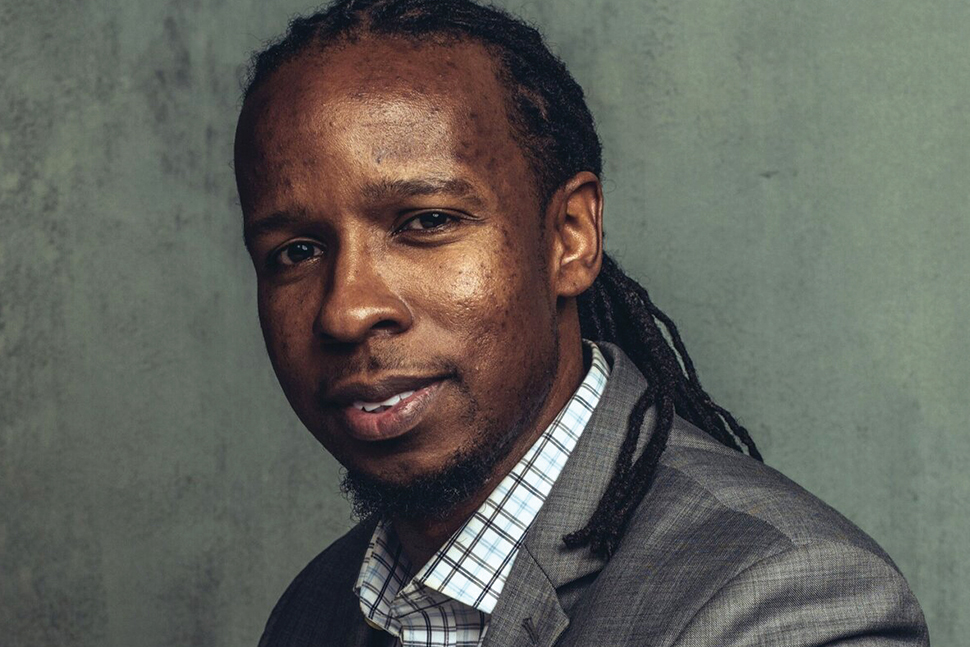
Since the breakout success of his National Book Award–winning Stamped from the Beginning: The Definitive History of Racist Ideas in America in 2017, historian Ibram X. Kendi has continued to research and write about antiracism for new audiences. In early 2020 he partnered with author Jason Reynolds to adapt the book for young adults, offering a framework and vocabulary for understanding how the US arrived at the current moment of racial reckoning. His latest work is How to Raise an Antiracist (June).
Kendi spoke with American Libraries about having his work challenged in libraries and schools, the myth of neutrality in libraries, and how to raise the next generation of antiracists.
Your books are among the most frequently challenged in the current wave of censorship attempts. What’s that like? I write books for the general public, for the type of person who would walk into a library and ask a librarian, “Hey, I’m interested in rethinking my views on race. What books should I read?” A librarian may be able to point to my book and it might be transformative, and then that person comes back for another book. The fact that in some libraries that may not be possible certainly is dispiriting.

How do we respond to challenges in this volatile climate? [The current climate] necessitates more bravery. When you’re striving to be antiracist, and there are some people who are loudly and forcibly striving to be racist who end up combating you and people like you, it takes more courage [to respond] than it did, for instance, at this time last year. We have to ensure that we are organizing and building the capacity to not just withstand assaults from those who seek to either maintain or create injustice but also build toward equity. Where there are efforts to take books off shelves, we have to organize to put more books on shelves so we can build a better democracy.
One of the most debated questions in the profession is whether libraries can be neutral. What role do you see libraries playing in the work of antiracism? I would first land on the side of the argument that there’s really no such thing as neutrality. But there is the side of truth, and there’s the side of valuing the widespread availability of information. In making decisions about restricting information and banning books, a library can state, “We are on the side of truth. We’re on the side of making as many books available as possible.” If there’s any institution that should declare that—that recognizes that we need public institutions that arm us with information and facts and context and constructive dialogue and debate—it’s a library.
Who is the ideal reader for How to Raise an Antiracist? The primary audience is caregivers—educators and parents, but there are also coaches and aunts and grandparents and counselors and pediatricians. Many people are part of the village that raise our children. I personally see every child as part of my village. Ultimately my work isn’t just focused on how to raise antiracist children; it’s also about how to raise an antiracist society that allows us to systematically raise antiracist children.
What role have libraries played in your work? When I was researching my first book, The Black Campus Movement, which documented Black student activism across the country in the late 1960s and early 1970s, I contacted hundreds of librarians around the country. I remember driving through the South in the summer of 2011 and visiting libraries one after the other, starting in North Carolina, through Georgia, Alabama, Mississippi, Texas, Oklahoma, Missouri, and West Virginia. It was probably one of the best experiences of my life, largely because I got to hang out every single day in one of my favorite places.


